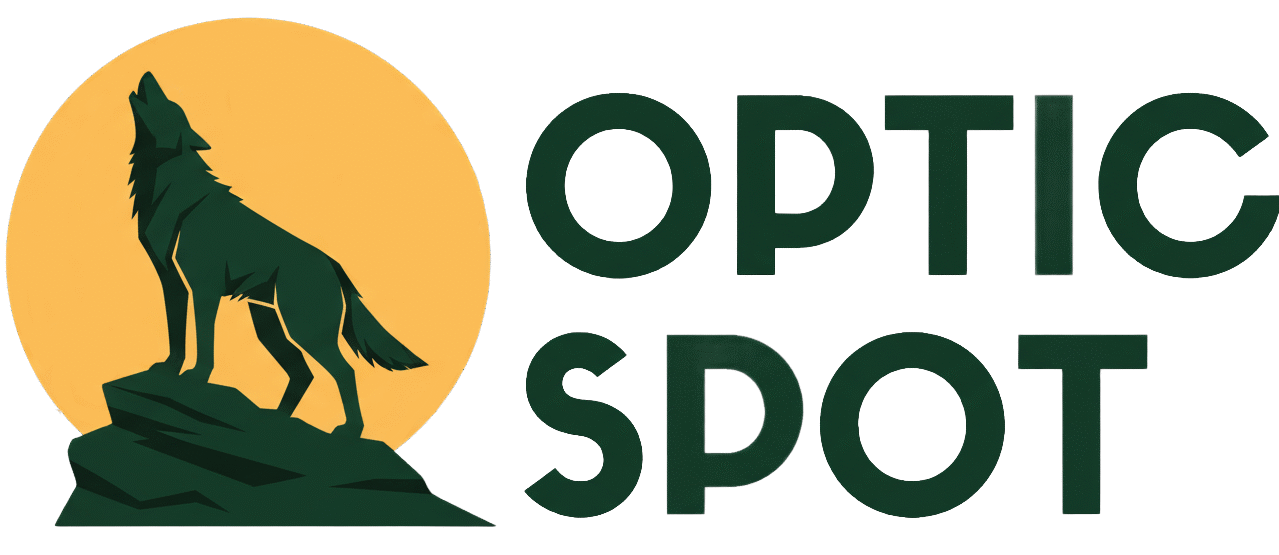For years I hunted wild boar the “traditional” way – relying on moonlight, binoculars, and my own patience. It worked, but it was far from perfect. Spotting animals in the dark was difficult, judging distances was tricky, and often I’d only realize a boar was there when it was already too late.
That all changed when I started using a thermal scope. After several months of hunting with thermal optics, I can honestly say it has reshaped the way I approach boar hunts. Not because it makes things “easy” – but because it gives me tools I didn’t have before.

Spotting Boar in Total Darkness
One of the biggest changes came from simply being able to see more.
With the thermal, wild boar stand out against the background, even on moonless nights. Instead of staring at shadows and guessing, I can clearly pick out shapes moving through the forest or across a field.
This doesn’t mean I always get a shot – but it means I know what’s out there. That awareness alone makes my hunts more efficient and safer.
Better Distance Judgment
Another major difference is judging distance. Before, I often miscalculated how far away a boar was, especially at night. With thermal optics – and especially with a built-in rangefinder – I get an accurate reading instantly.
This helps me take cleaner shots, and it reduces the chance of wounding an animal due to misjudgment. For me, that’s an important ethical improvement.
Safety Matters
Something I didn’t expect before using thermal was just how much it improves safety.
In the dark, it can be hard to know what exactly is moving in the brush. With thermal, I can immediately tell if it’s a wild boar, a deer, or even another hunter.
It also gives me a clear view of what’s behind my target, which is just as important as the target itself.
Being able to identify the surroundings reduces the risk of dangerous mistakes.
For me, that peace of mind is one of the biggest advantages of thermal optics. It’s not just about finding animals – it’s about making sure every shot is safe.
Reading Behavior and Making Decisions
Thermal also allows me to observe animal behavior in a way I couldn’t before.
I can see how many boars are in the sounder, spot piglets, and understand how they are moving. That helps me make better decisions – when to wait, when to shoot, and when not to.
Sometimes it even means holding fire. With thermal, I can clearly see if there are small ones in the group, something that would have been almost impossible in the dark without it.
The Downsides
Of course, thermal optics are not magic.
They are heavier than traditional scopes.
Batteries need to be managed – and cold weather drains them faster than you’d expect.
And yes, the price is high.
Another thing I’ve noticed: it’s easy to get “addicted” to thermal vision and forget the importance of patience and reading natural signs. For me, it’s important to remember that technology is a tool, not a replacement for experience.
Final Thoughts
So, how has thermal changed my wild boar hunts?
It has made them more efficient, safer, more ethical, and more enjoyable.
I see more, I judge better, I make cleaner shots – and I hunt with greater confidence that every shot I take is safe.
But it hasn’t taken away the challenge – wild boar are still smart, unpredictable animals. The thermal doesn’t hunt for me. It simply gives me a clearer view of the world I’m hunting in.
And for me, that makes every night in the forest even more exciting.
